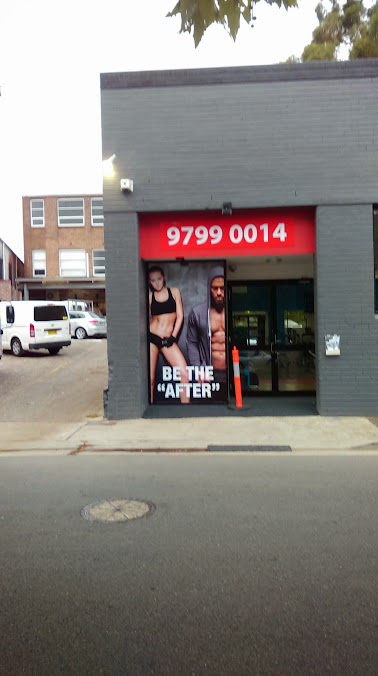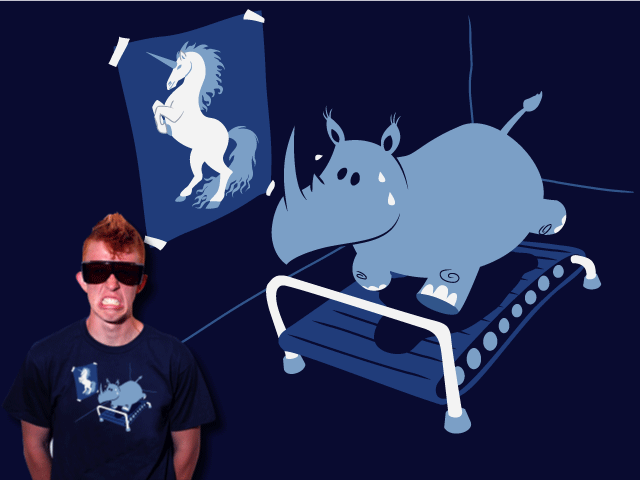My first book – The Biopolitics of Lifestyle: Foucault, Ethics and Health Choices – is being published this month. Perhaps not the most scholarly concern, especially as I had little to do with its creation, but I am particularly pleased with the cover.

Cover image: Toby Burrows (image) and Michael Cutrupi (dancer). From ‘nothing to Lose’ by Force Majeure. From The Biopolitics of Lifestyle, Routledge (2015).
I suggested the image after seeing Force Majeure‘s dance production ‘Nothing to Lose‘ at the 2015 Sydney Festival. This production was billed as exploring ‘fat’ – ‘the powerful little word, full of baggage and judgement’.
At the time I was finishing off the final draft of my book, which was also exploring aspects of this word and its medicalized cousin – obesity.
While I was not able to discuss ‘Nothing to Lose’ in my book, I remember that it reminded my of Chantal Mouffe’s remarks on public art as,
‘bringing to the fore the existence of alternatives to the current post-political order…[and] making visible what the dominant consensus tends to obscure and obliterate’.
The production powerfully challenged the commonsense ways of seeing bodies and the ways that they are obscured. This was most clear in a performance where half a dozen dancers moved towards, and into, the audience while relentlessly repeating condescending cliches: “have you tried dieting?”, “such a pretty face”, “have you looked in the mirror?”, “have you considered some exercise?”, “do you really need that?” and on, and on.
The ‘Nothing to Lose’ dance performance is an important way of highlighting and confronting the social and political imperatives surrounding bodies, notions of health, and what types of bodies are allowed to be seen and under what conditions.
I hope that my book is able to live up to its cover and do something similar, even if in a more turgid form.
I would particularly like to thank Michael Cutrupi (dancer) and Toby Burrows (image) for giving their permission to use the image.



